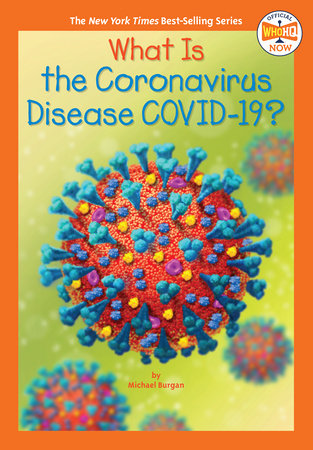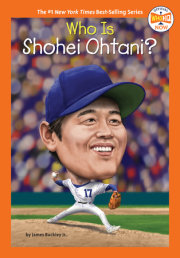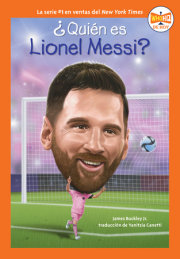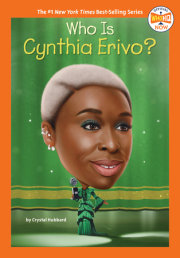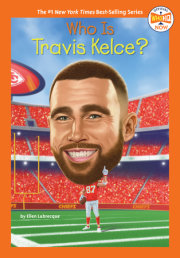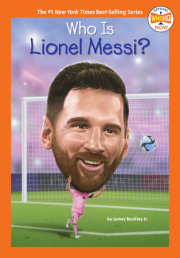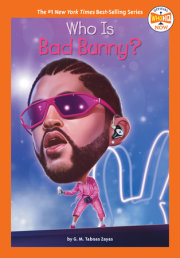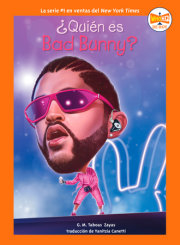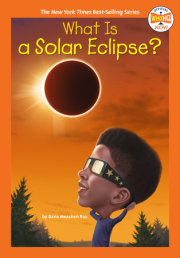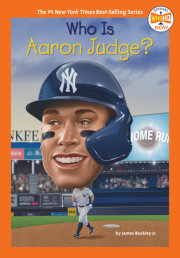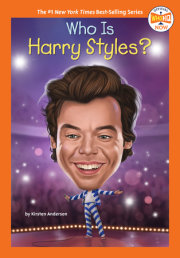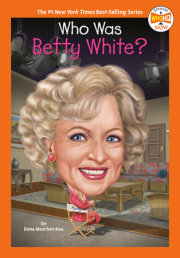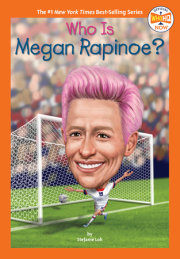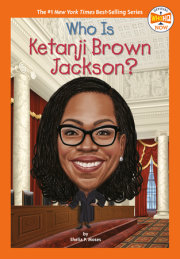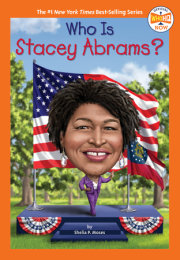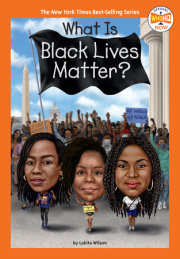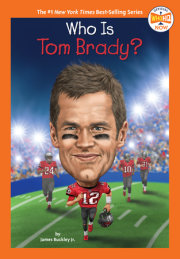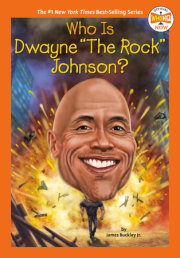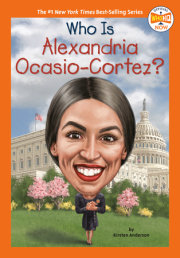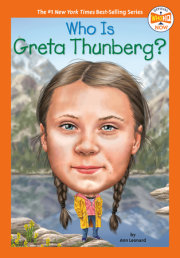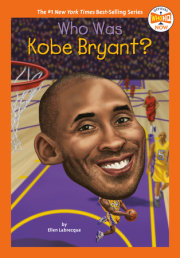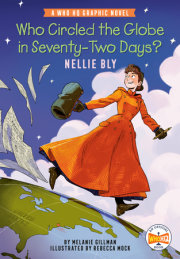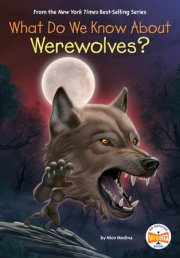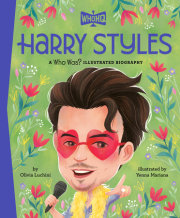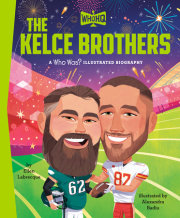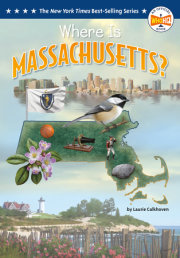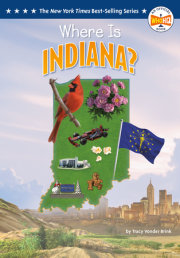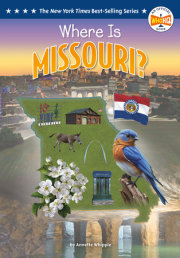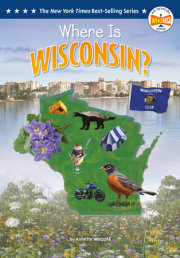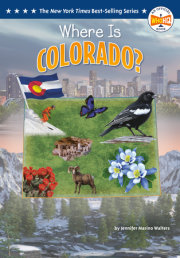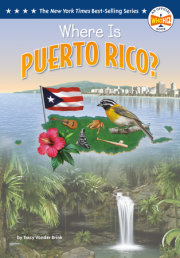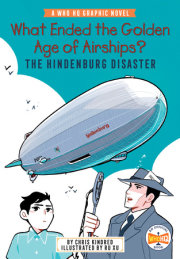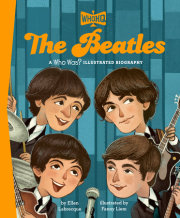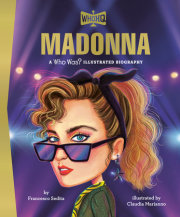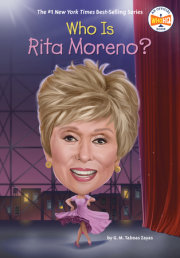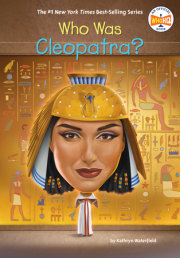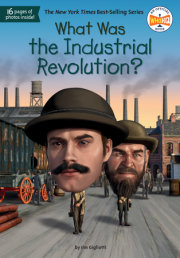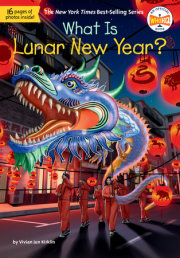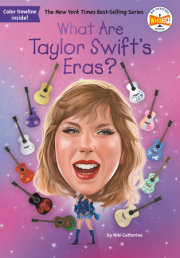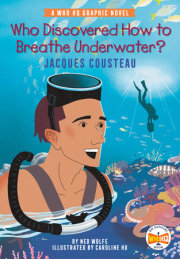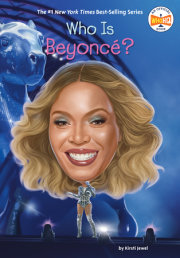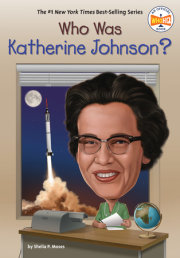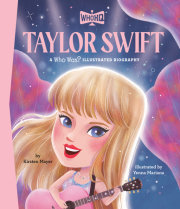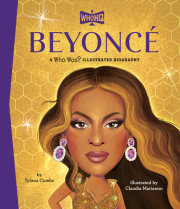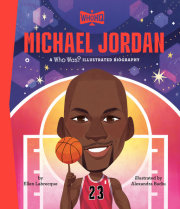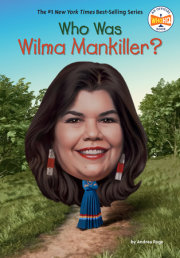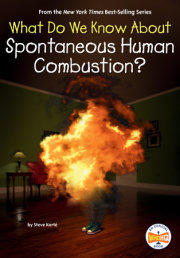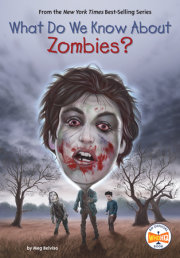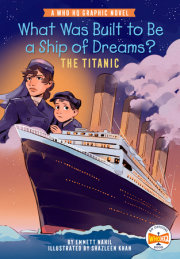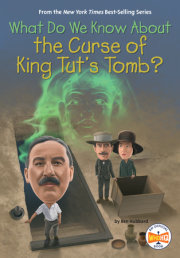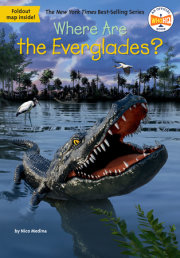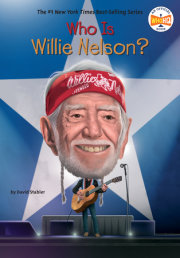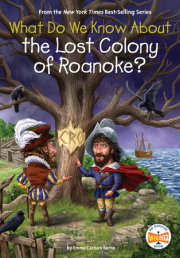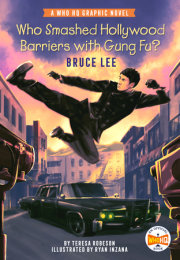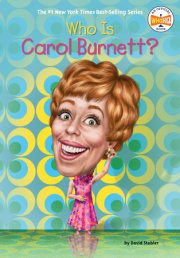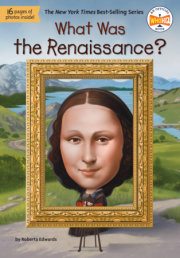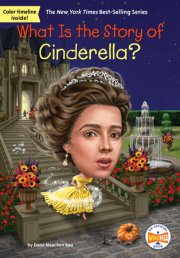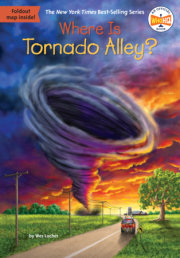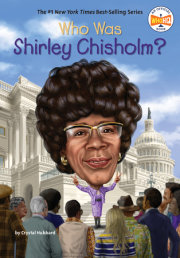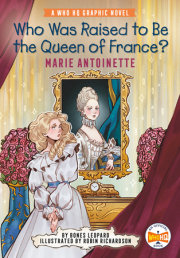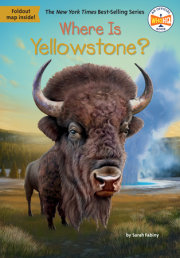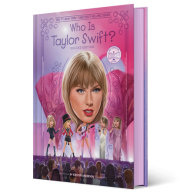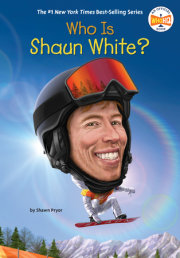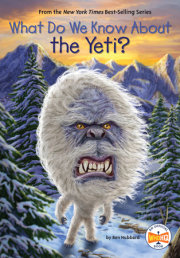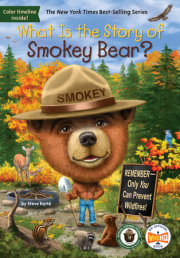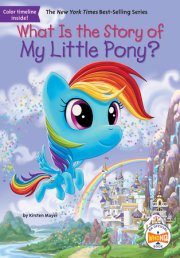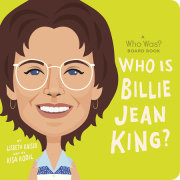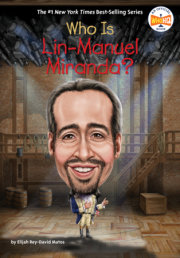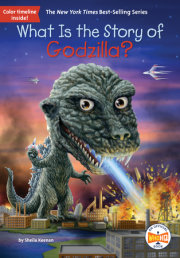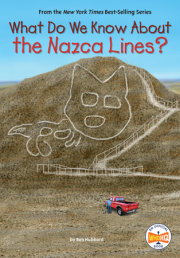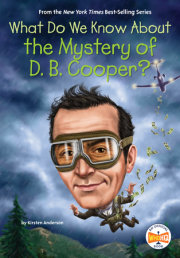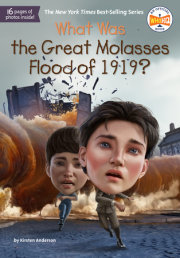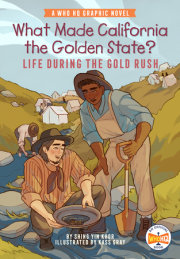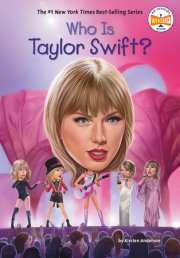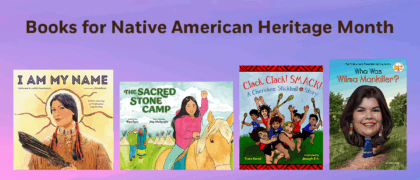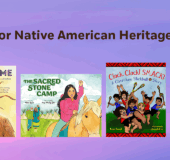What Is the Coronavirus Disease COVID--19? In March 2020, people in New York City began to open their windows each evening at 7:00 p.m. Some stood on balconies and fire escapes. Then, they began to make a lot of noise. Some clanged on pots and pans. Others clapped their hands, sang, or played music.
All that noise had a purpose. New Yorkers, as well as people all over the United States and around the world, were in their homes, trying to stay safe. They wanted to show their support for essential workers and the doctors, nurses, and others who were working hard to fight a new virus that was spreading quickly. Health--care workers were treating the people who were very sick from the disease caused by the virus. At times, the doctors and nurses couldn’t cure some of their patients. Thousands died. What was this virus, and why was it such a threat to people in the United States and around the entire world?
Chapter 1: Viruses and Pandemics Every day, we’re surrounded by tiny particles that shape our lives. Some are living organisms called bacteria. Bacteria can be helpful—-for example, ones in our stomach help digest our food. Other bacteria can cause disease. So can viruses, another kind of very tiny organism.
Unlike bacteria, viruses are not alive. But they do contain chemicals, like DNA, that help living things survive. Those chemicals are surrounded by a layer of protein. Although they aren’t actually alive, viruses have a mission—-to make copies of themselves. To do that, they need to invade the cells of an animal or a person.
Once inside the cells, a virus can damage or destroy them, which can in turn make a person sick. In the worst cases, the illnesses caused by the virus are deadly. The human body has a natural defense, called the immune system, that can attack invaders like bacteria and viruses. But when a new virus appears and infects people for the first time, their immune systems don’t recognize the virus. They can’t destroy the virus and stop it from spreading.
One common group of viruses is called coronaviruses. Under a microscope, they look like round balls covered with tiny spikes. Not all coronaviruses cause disease, but most people have felt the effects of some of them. Coronaviruses are the reason for the coughs, sniffles, and sneezes of the common cold.
Some harmful coronaviruses can spread quickly and infect many people in a particular region. This is called an epidemic. If the virus keeps spreading around the world, it creates what’s called a pandemic. The virus that sickened so many in 2020 was a type of coronavirus. The disease it causes is called COVID--19. The coronavirus sparked one of the world’s deadliest pandemics since the influenza outbreak of 1918.
When COVID--19 was first detected, scientists realized it was caused by a novel (which means “new”) coronavirus—-a virus that had never appeared in humans before. It’s related to an earlier coronavirus that causes a disease called severe acute respiratory syndrome (SARS). Respiratory means it affects the lungs and other parts of the body that help people breathe. Because the coronavirus that appeared in 2019 was new, people’s immune systems could not defend against it. That helped the virus spread quickly.
Copyright © 2021 by Penguin Random House LLC.. All rights reserved. No part of this excerpt may be reproduced or reprinted without permission in writing from the publisher.

